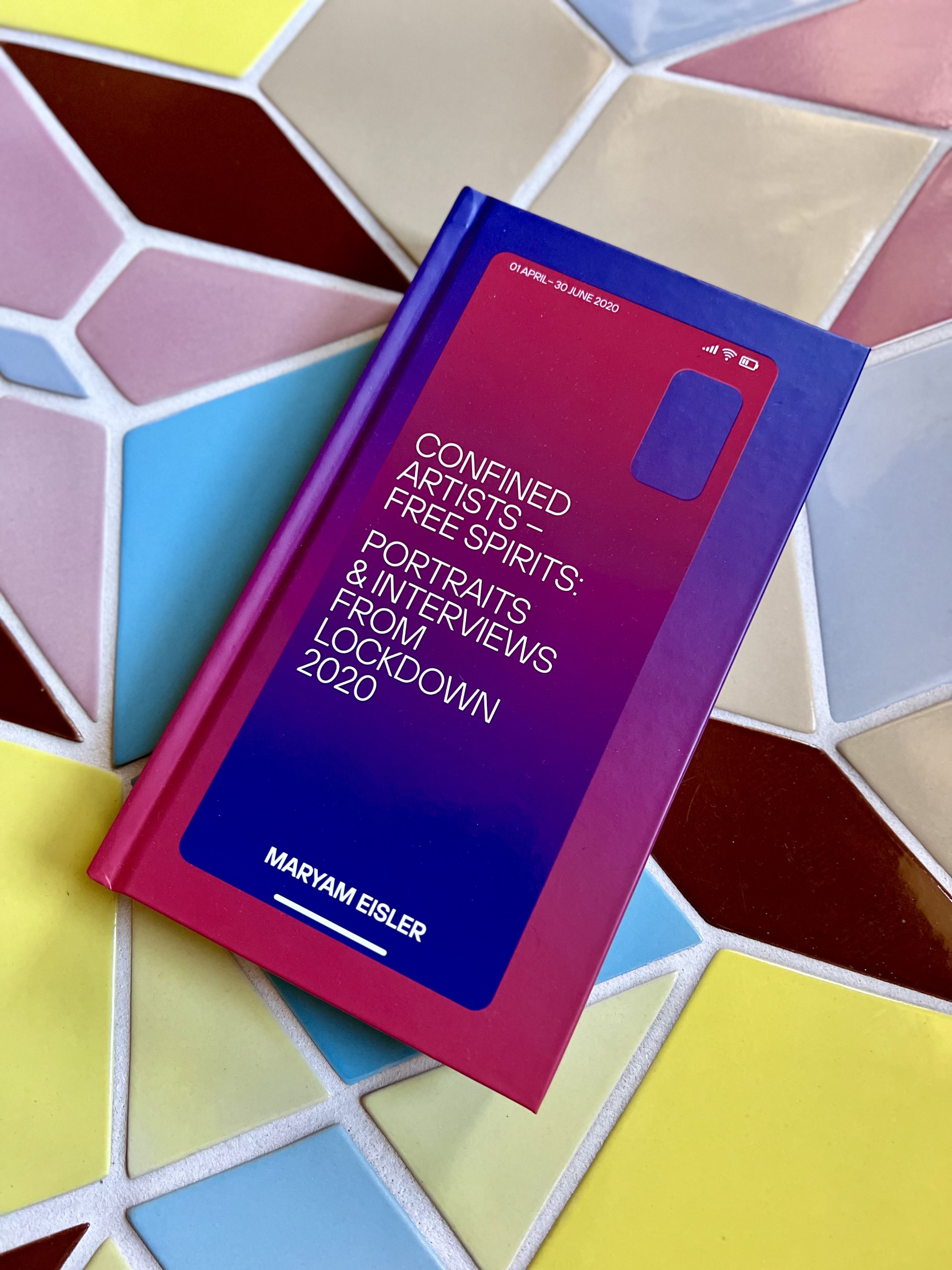
The hardback copy of ‘Confined Artists – Free Spririts: Portraints and Interviews from Lockdown 2020’. Photo by Maryam Eisler
During the lockdown of 2020, Maryam Eisler brought together 164 of the world’s most influential artists, interviewing and photographing them over video calls to create a unique series of portraits and accompanying insights. As we anticipate the physical launch of Confined Artists – Free Spirits: Portraits & Interviews from Lockdown 2020, Trudy Ross speaks to Maryam about looking back on her unique creative journey from a post-pandemic perspective
It was April 2020, and Maryam Eisler was feeling restless. With her usual schedule of travelling round the world, exploring and creating curtailed, she sat at home pondering a life without movement. Thus, in a rare circumstance of stasis, a one-of-a-kind project was born.
The result? 164 conversations, 164 unique portraits, and their assemblage as a wider piece of art. An exploration into the minds and hearts of artists across the globe during one of the most significant historical events in many of our lifetimes. As she says herself, it is: “a collective stamp of a moment in time. It is a memory, a capsule of a moment in history.” She managed to capture an important frame in the history of the modern art world.
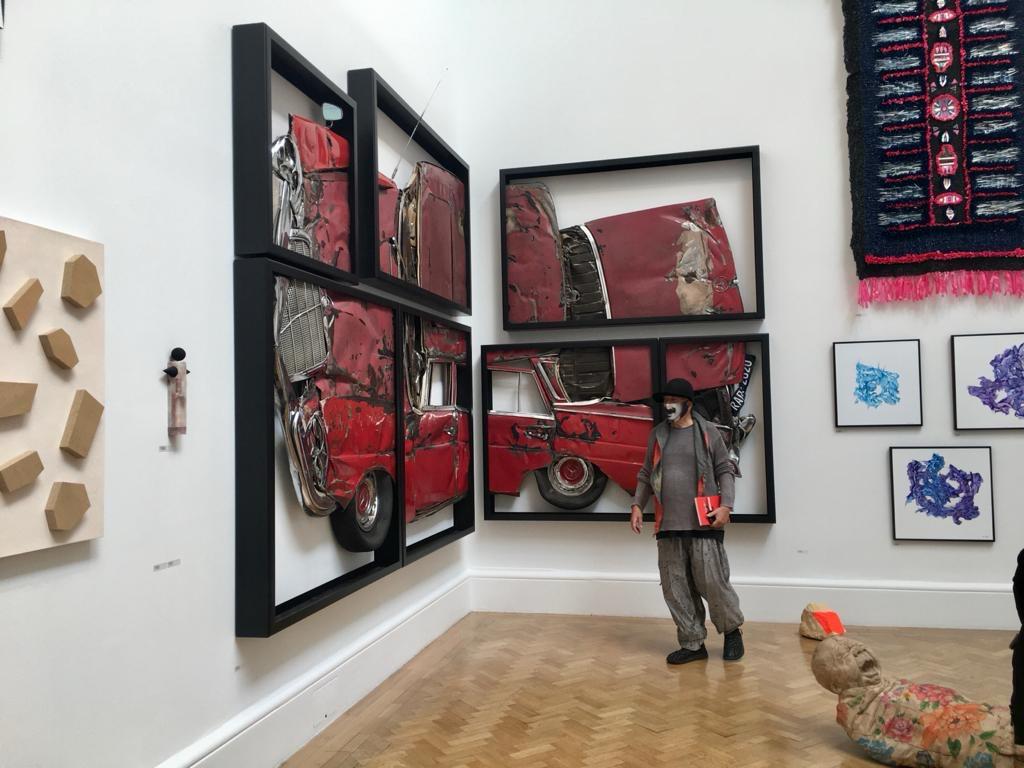
Ron Arad seeing his work Oh Lord, Won’t You Buy Me? for the first time at the Royal Academy Summer Exhibition 2020. Photo by Ron Arad and Associates Limited
The project’s first form was a digital exhibition on the LUX website shortly after its completion, which garnered so much traction that it actually crashed the LUX website when it went live. Now there is a new launch happening this week, a physical one, for a hardback book entitled: Confined Artists – Free Spirits: Portraits and Interviews from Lockdown 2020. Shaped like a tall rectangle to imitate a smartphone, each slick copy brings Maryam’s virtual interviews and Facetime-facilitated photography beyond the screen and into the physical world.
Over three years later, with the pandemic behind us – indeed, almost forgotten about by many in society – I spoke to Maryam about her time spent on this original project and the inspiration behind it.
“Artists are always very symbolic of their time,” she says. “Their ways of thinking and philosophies are often very much a reflection of the historical time that they live in, and this manifests in their artworks. I was intrigued to see how that particular community was dealing with the COVID issue from a psychological perspective, an emotional perspective, and also from a logistical perspective of production.”
Artist Ron Arad, one of the interviewees, spoke to LUX about the practicalities of production these strange times; “I did a lot during lockdown, including buying cars online, an old red Mercedes, and then flattening it online by giving instructions over Zoom to a team in Holland. I saw that piece for the first time on the walls of the Royal Academy […] It is very strange to know a piece intimately and work on it intensely, but to have never touched it.”
Originally, Maryam set her sights on thirty artists in total, but after receiving a resounding yes from everyone she reached out to – very rare in the world of overstretched artists in demand – she decided to keep going. And going. And going.
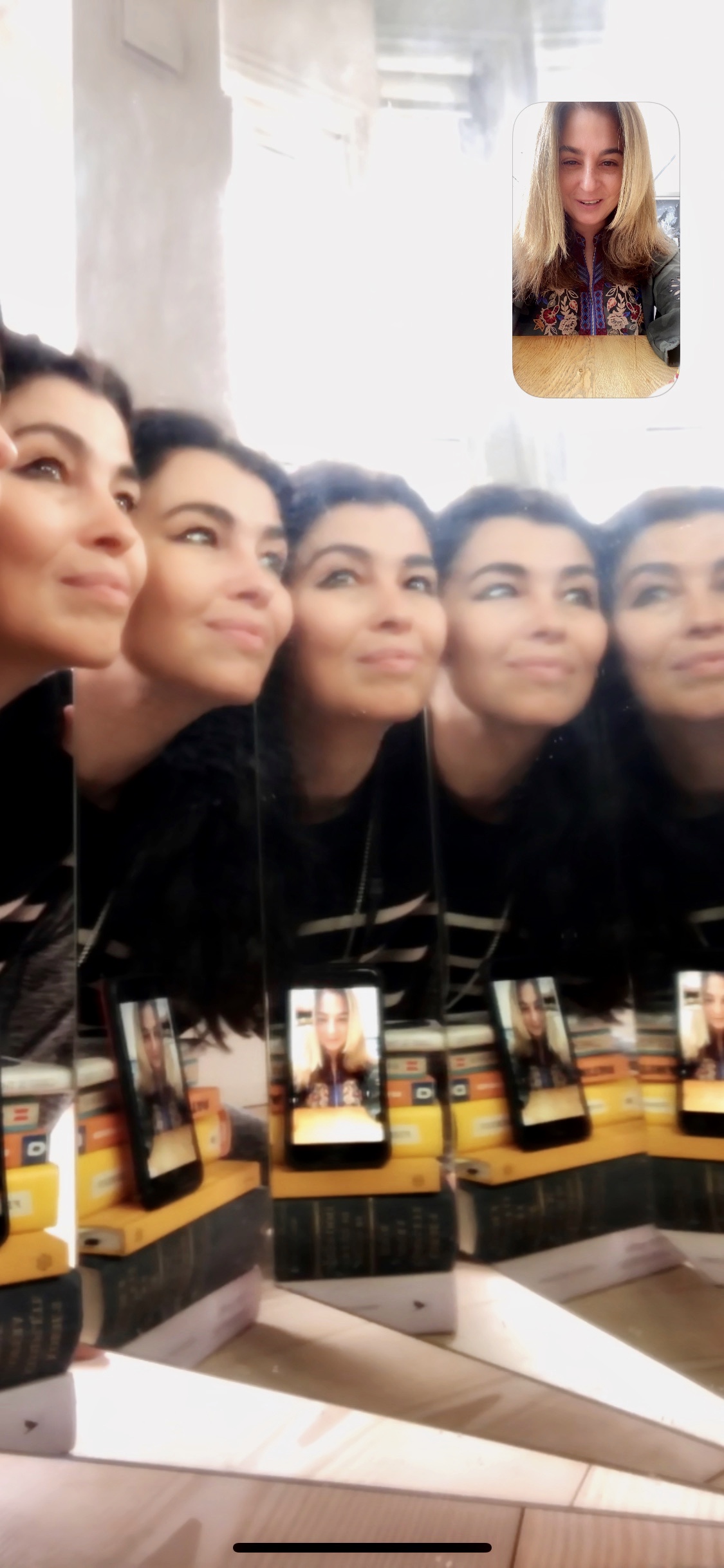
Es Devlin. Photo by Maryam Eisler
It became a routine for her, she tells me: “I had my desk set up in the kitchen, I had my roster, my Rolodex, and I would spend one day interviewing and one day organising.” Each conversation enriched her mind and gave her new perspectives on unprecedented times.
Beyond this, it was a creative exercise; she had a creative vision for each portrait, and aimed to allow each artist’s personality and areas of focus to shine through. When I ask her about some of her favourites, she says: “Off the cuff, I can remember Es Devlin; she put herself in front of a refractory mirror so you could see her face several times, which is very in line with her aesthetic and ethos. Charlotte Colbert uses eyes a lot on her work – indeed, eyes were a symbol that recurred throughout the project – so she had this massive eye that she put in front of another, so she had this distorted hawking out eye, an inanimate object, versus her regular blue eyes. With Edmund de Waal I remember clearly saying hold the camera a little bit more that way just a little bit more, so I could see the geometric designs and patterns in the studio ceiling. We had of course a lot of artists in front of their works which was one more straightforward but still telling approach. Melanie Dunea is one of my favourite portraits; she is holding a magnifying glass in front of one eye so, again, she has one eye protruding.”
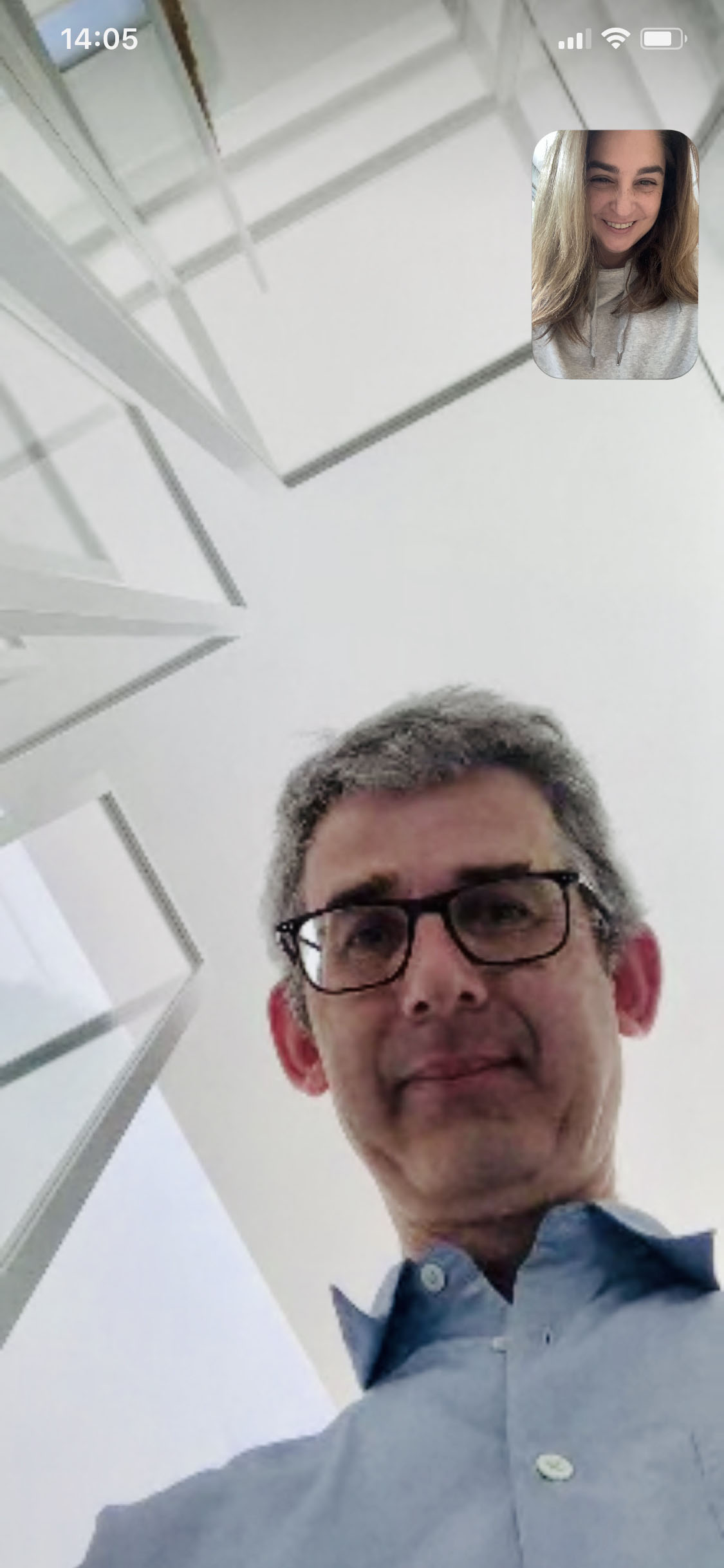
Edmund de Waal by Maryam Eisler
“When you go through it you can see some artists’ attitudes in their portraits reflected in their words. Some are incredibly peaceful, and you can see the sense of serenity and peace in their face. In others you can see fear, and potentially anger. There was a real degree of playfulness from others. Philip Colbert, with his lobster alter ego and his mask, for instance.”
The project not only allowed interested readers to gain insight into the lives of artists in extraordinary times – it also touched the artists themselves profoundly. Shirin Neshat comments that: “Maryam came knocking at artists’ doors with lightness, sense of humour and ease when everyone felt utterly isolated and lost. Her zoom’s conversations felt comforting and a reminder of artists’ need for a community especially in times of crisis.”
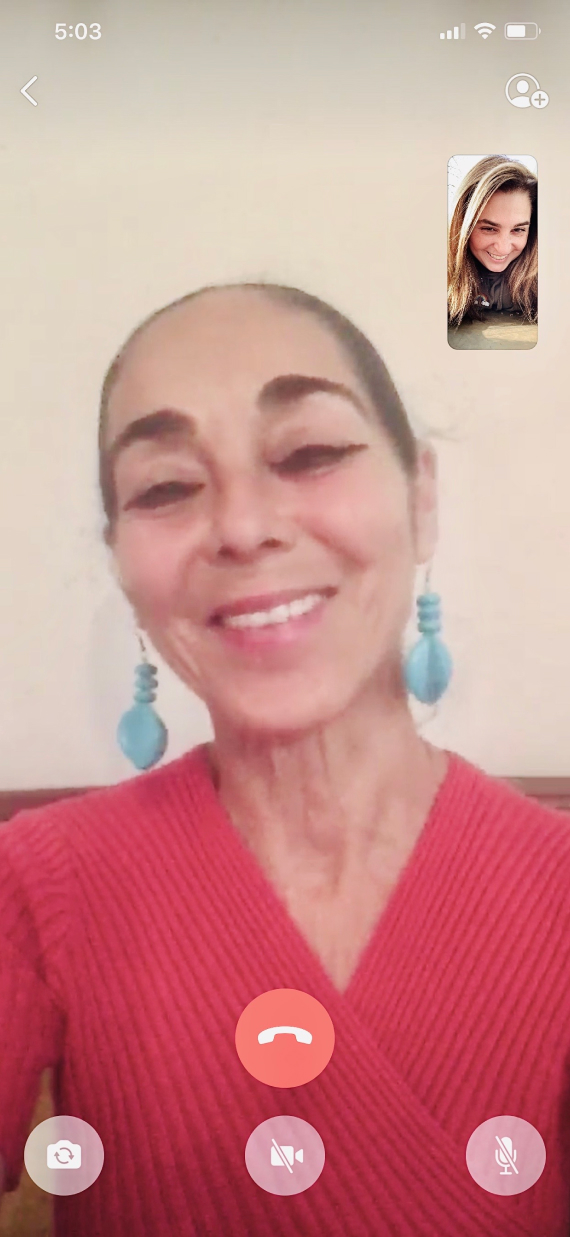
Shirin Neshat by Maryam Eisler
Further still, the project touches on the fraught political landscape of the moment. Maryam highlighted the importance of chronology when putting the book together: “ as you read through, there is not only an art-historical progression, there is a political progression. Towards the end of the project in June is when the Black Lives Matter movement was beginning. The last profile of the book is about breathing – not in connection with the virus, but in connection with George Floyd.”
Mickalene Thomas takes the final, impactful slot in this book of over 150 famous artists, speaking to Maryam on 30th June, 2020. She calls upon the world to “say her damn name”, cementing in print the names of tens of black women who lost their lives at the hands of police enforcement – just a fraction of the total black lives lost this way.
Thomas’ words leave an imprint in the mind of the reader, and the project itself leaves an imprint on the timeline of the modern art world.
Find out more: www.maryameisler.com

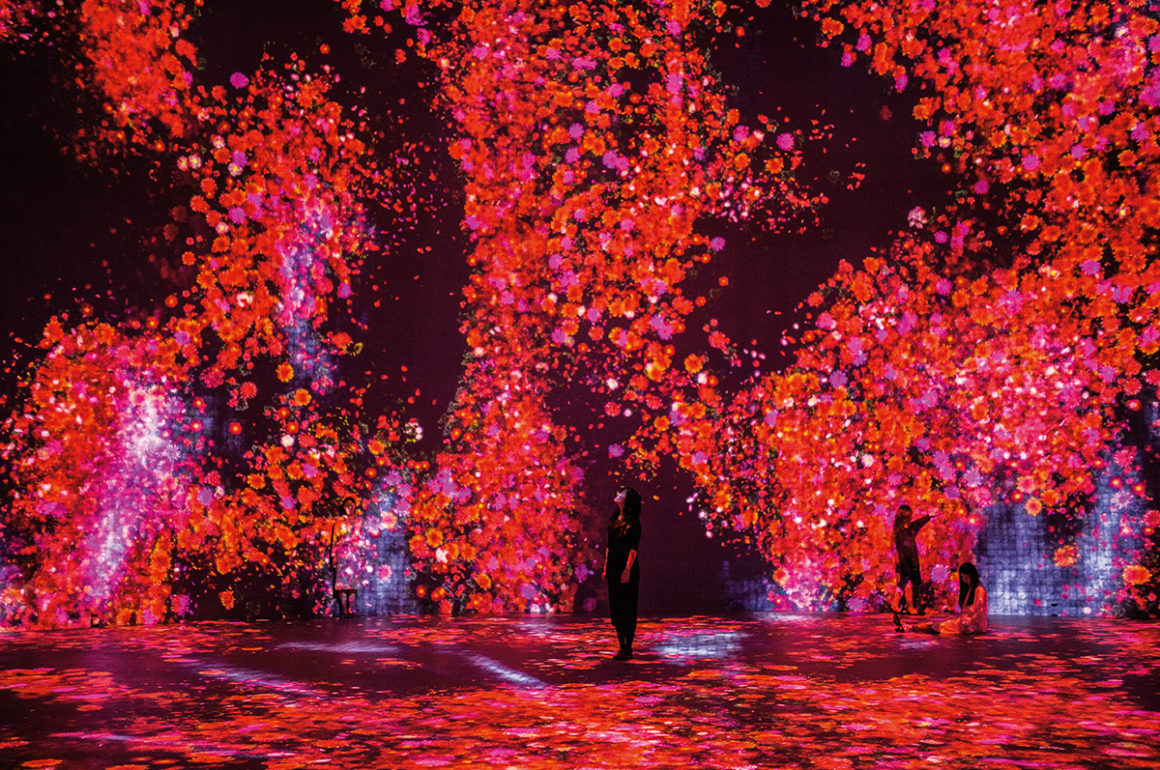
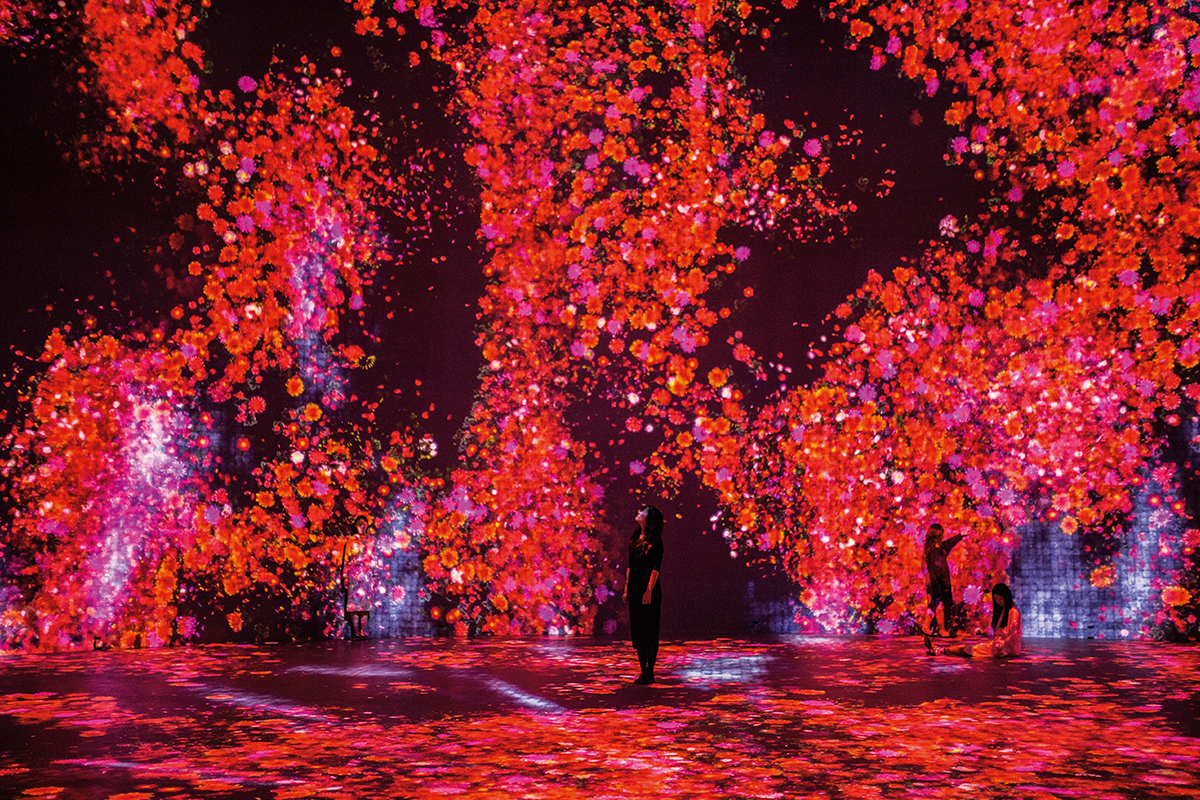
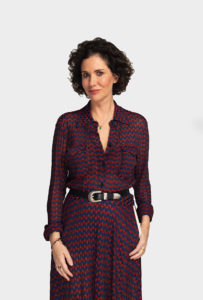
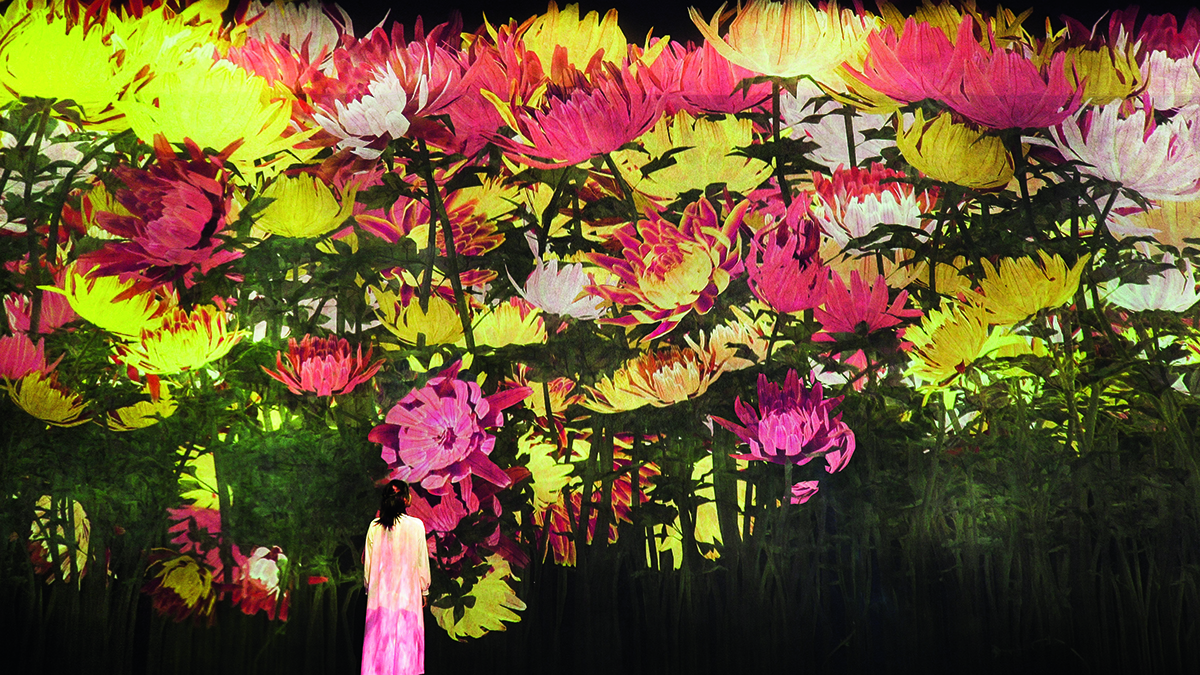
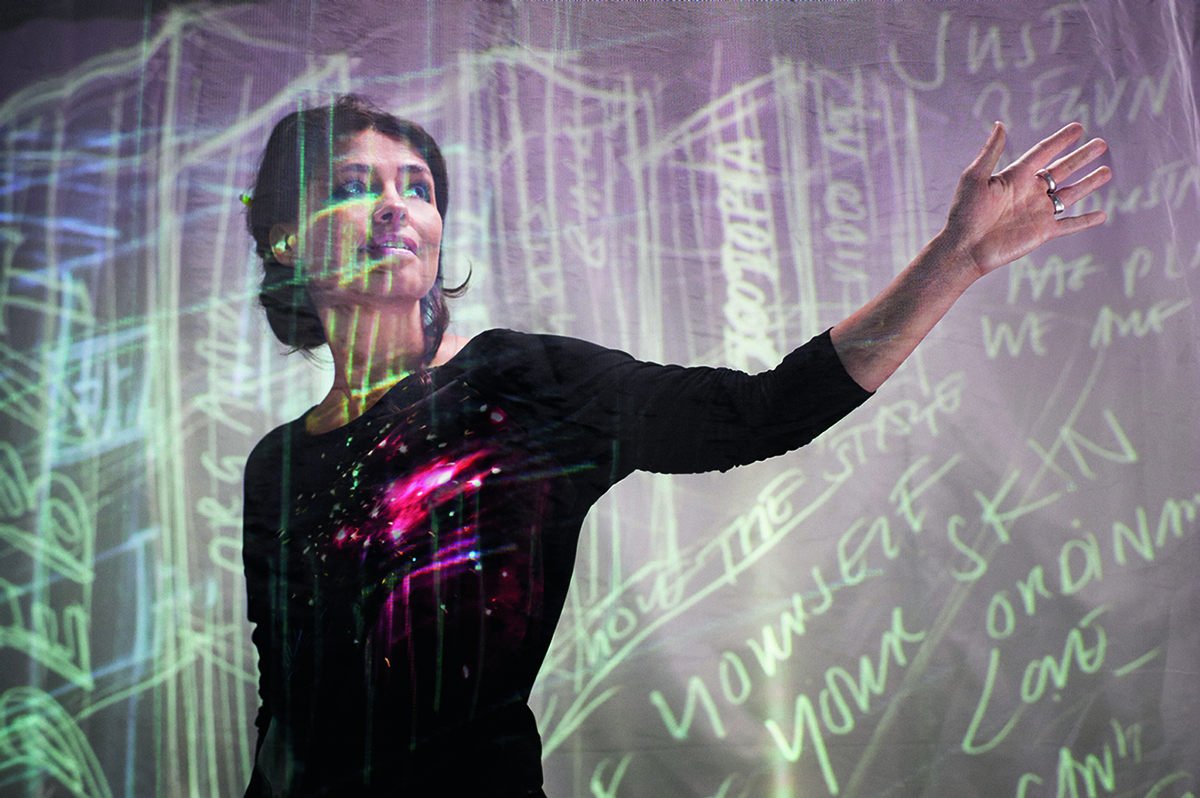
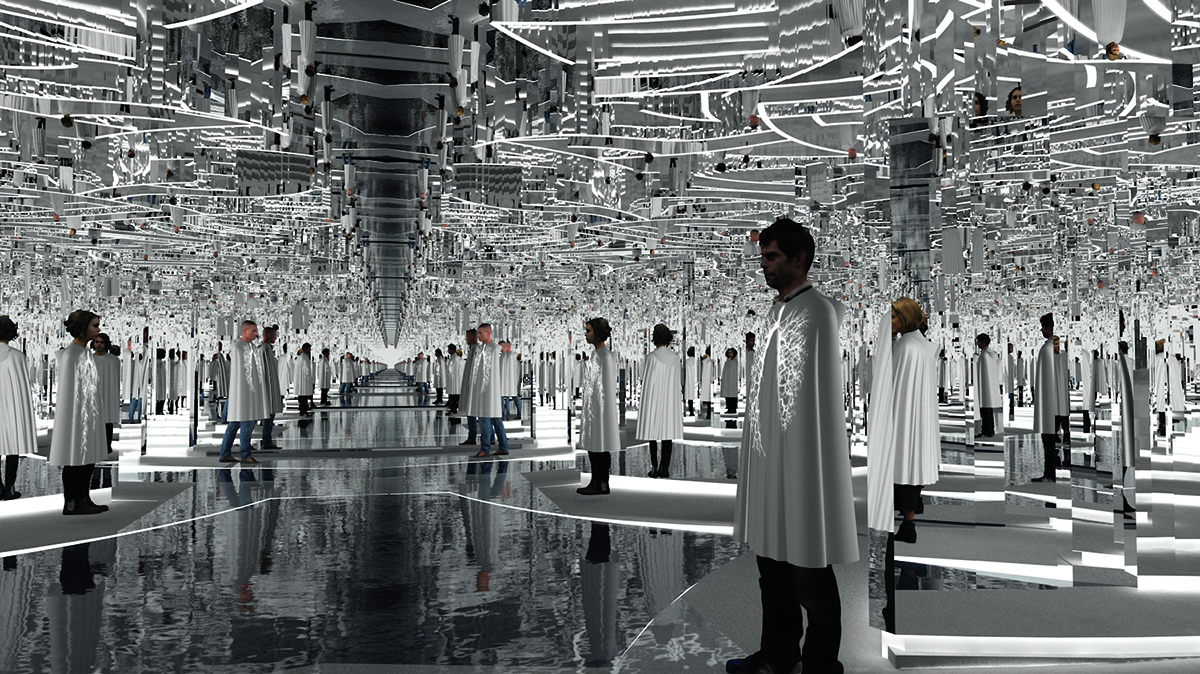
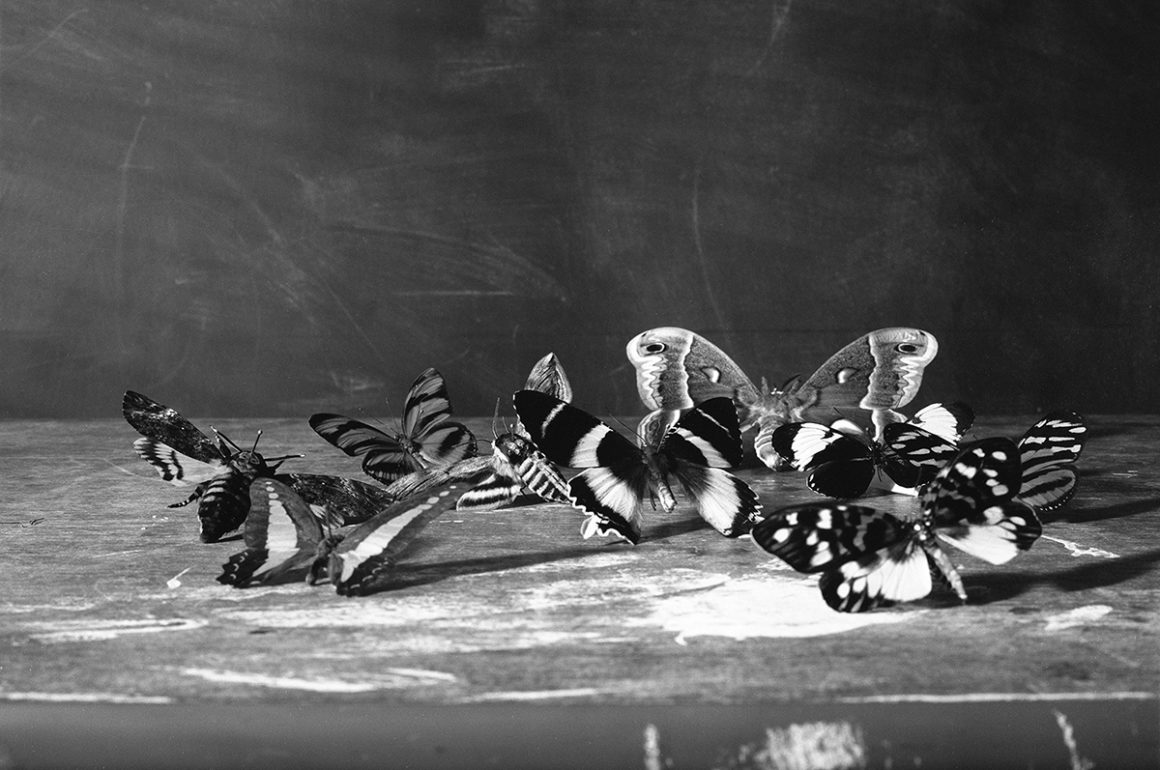
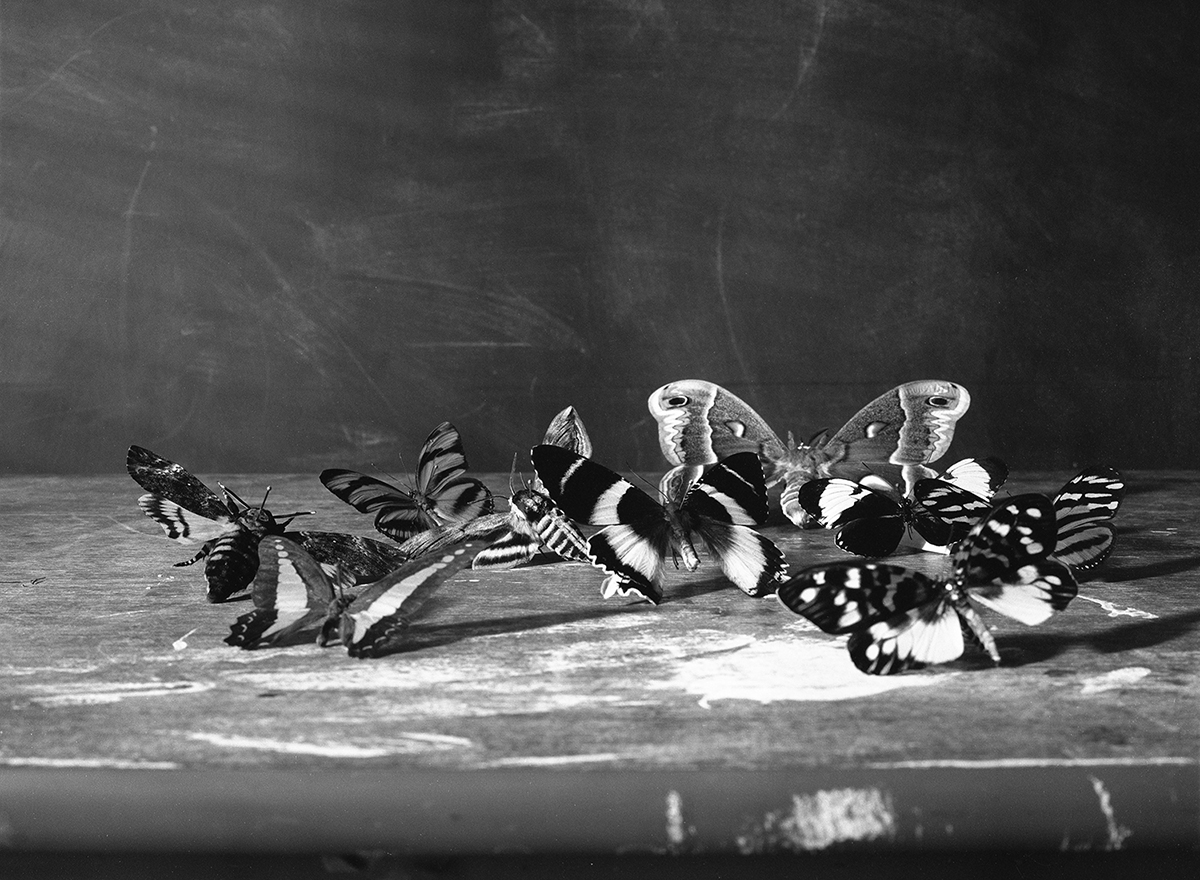
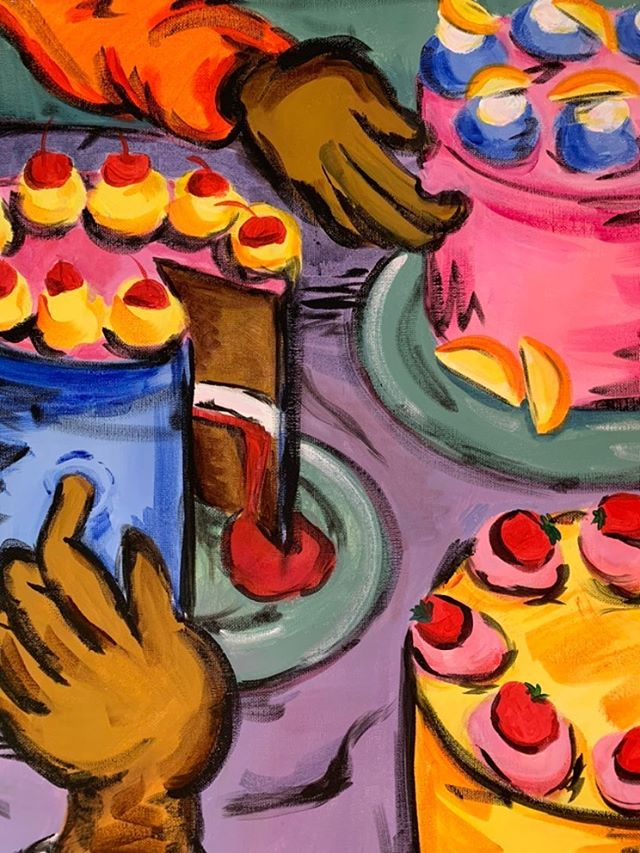
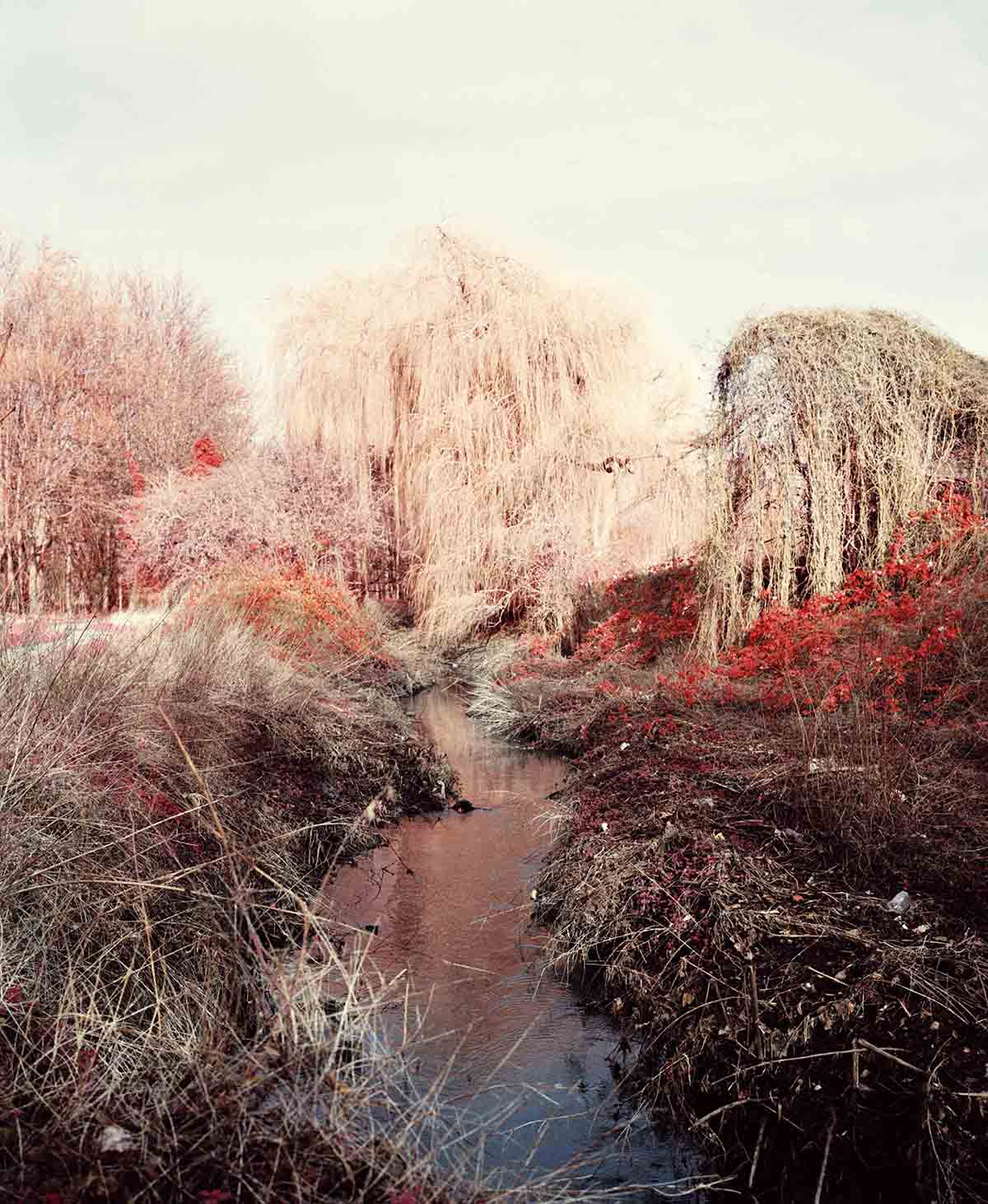
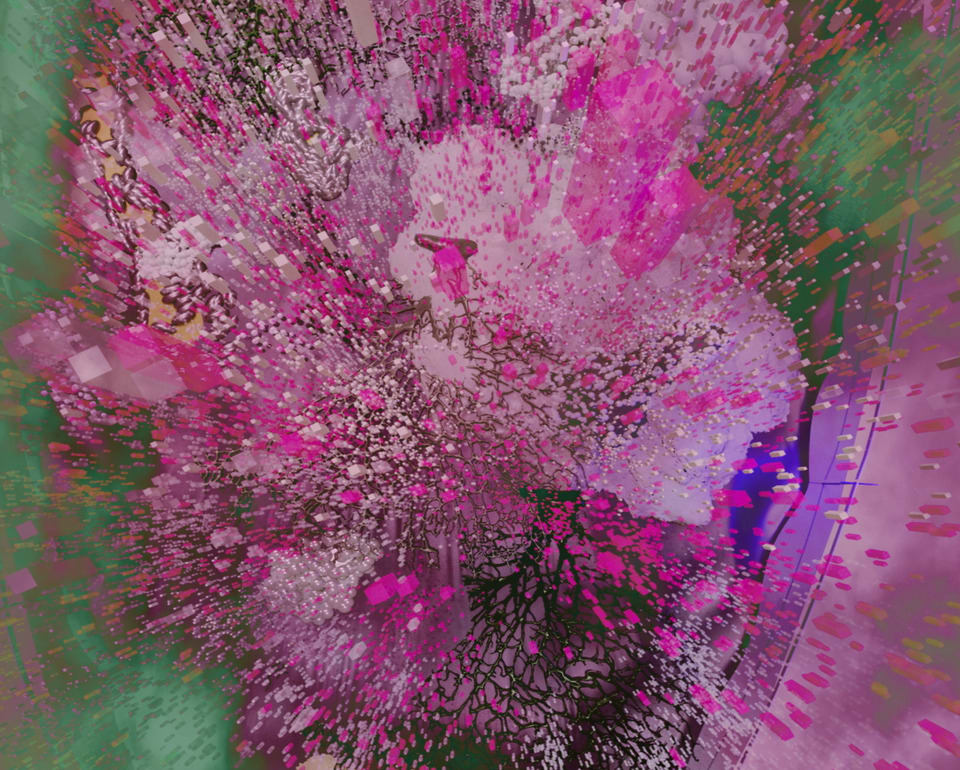





Recent Comments